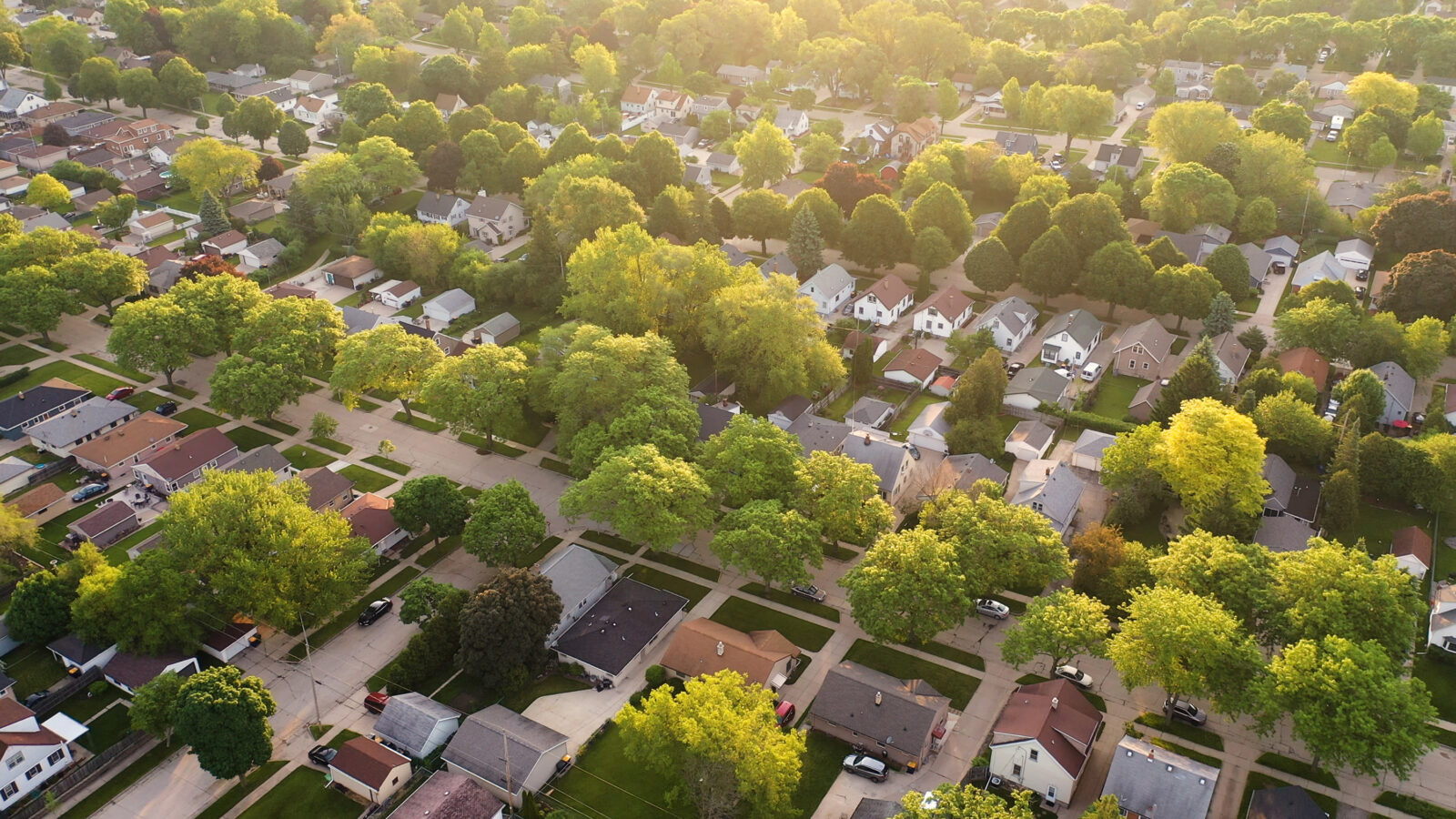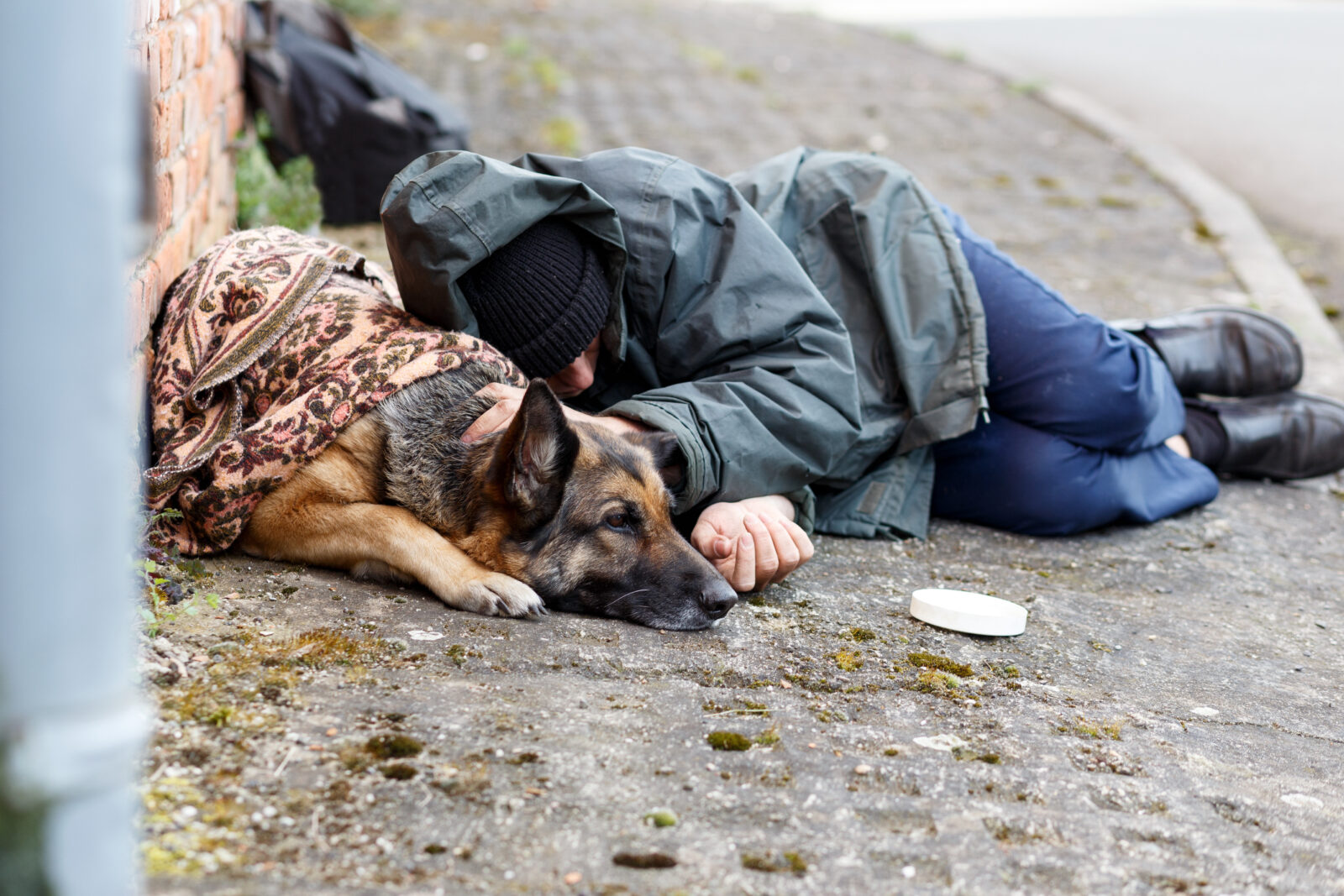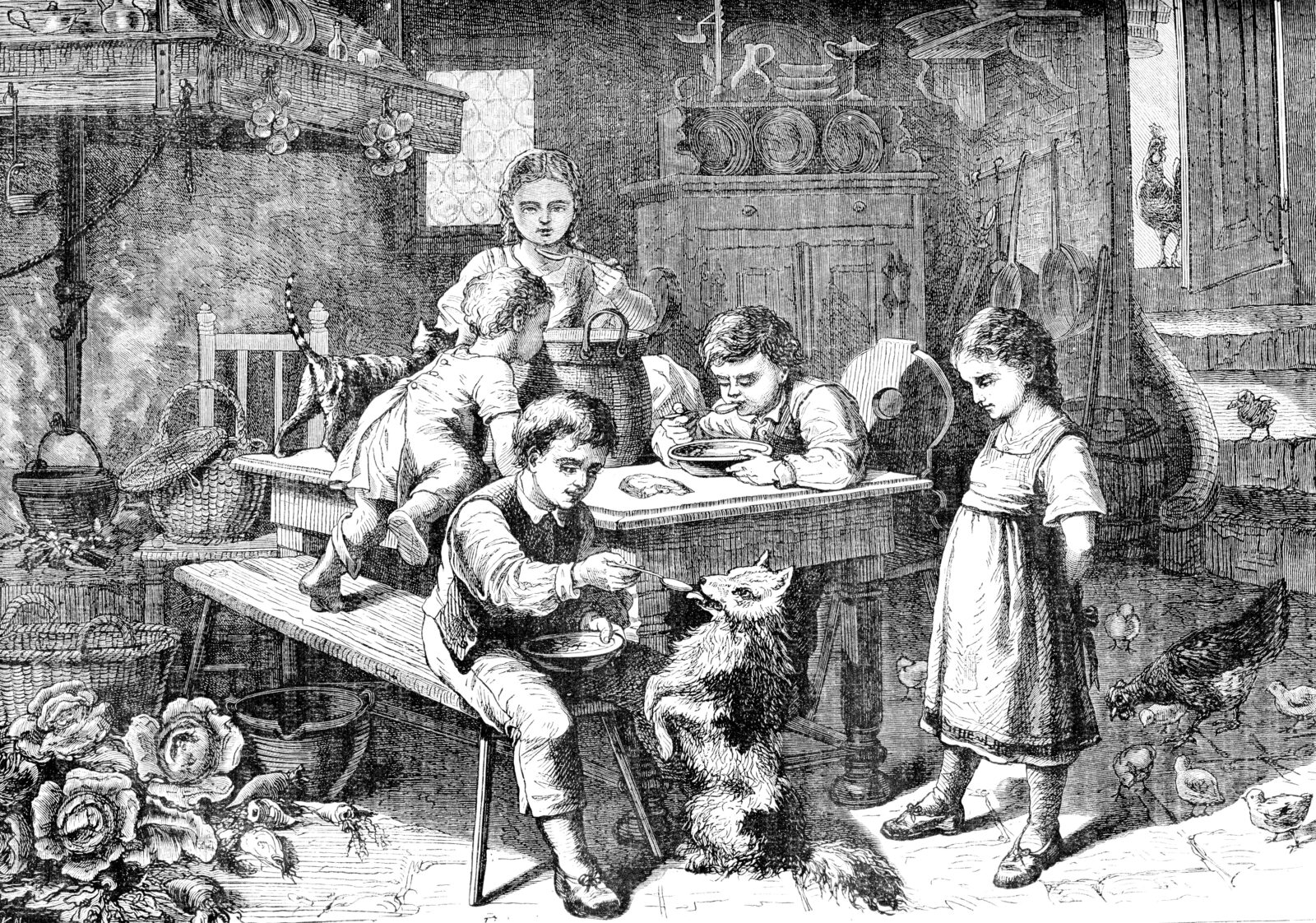


A Church Dinner for the Homeless

Homelessness is Exceptionally Hard to Solve

Not In My Backyard: When Serving the Homeless Clashes with Neighbors

Mission Possible: Feeding Bellies and Hearts in Austin

Beyond the “Vets, Pets, and Kids” View of Homelessness

Helping New York Orphans: What Went Wrong, and Right

Go West, Children: How Charles Brace Placed Orphans in Families

Caring for Orphans in New York City
